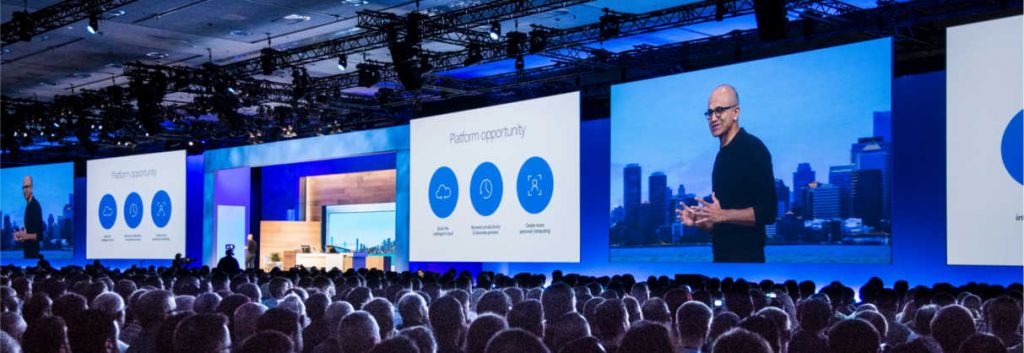Median Technologies is partnering up with software giant Microsoft to integrate big data into its oncology imaging systems – and deliver Precision Medicine from the cloud.
 Medical imaging is an important part of the rise of digital medicine. Cool projects in the field include the aortic graft simulation of EVARplanning (one of the startups at Italian incubator BioUpper) and new methods to detect fungal infections.
Medical imaging is an important part of the rise of digital medicine. Cool projects in the field include the aortic graft simulation of EVARplanning (one of the startups at Italian incubator BioUpper) and new methods to detect fungal infections.
Based in Sophia Antipolis (southeast France), Median Technologies has been developing imaging software for oncology since 2002.
Its technology extracts cancer biomarkers from medical images, obtained for example with a CAT scan. It has been used to characterize cancers, both to study the effect of cancer drugs in clinical trials and to help doctors choose the best therapy for specific cases in a personalized medicine approach.

Now, Median is moving to integrate big data into its products. And it is starting with no less than a collaboration with Microsoft. Its Ibiopsy platform for cancer phenotyping will be integrated with the Microsoft Azure cloud computing platform.
This will significantly advance its capabilities in Precision Medicine. Big data will allow efficient processing and analysis of the medical images, improving the early detection and monitoring of new targeted treatments.

Median plans to make Ibiopsy available in the US, Europe, and Asia to answer the explosive growth of medical imaging data.

In the past few years, Median has been woking towards raising money. It completed an IPO on Euronext Paris in 2011, now boasting a market cap of €87M. In 2015, it announced a private placement of nearly €20M, which was led by Abingworth, one of the biggest life science VCs in Europe.
This new deal is a good example of why tech investors are so interested in biotech, and not just because it has been doing pretty well financially. Big data in medicine is leading the way in which digital meets biotech, creating space for such collaborations.
Feature Image Credit: Build 2015 conference, Microsoft





